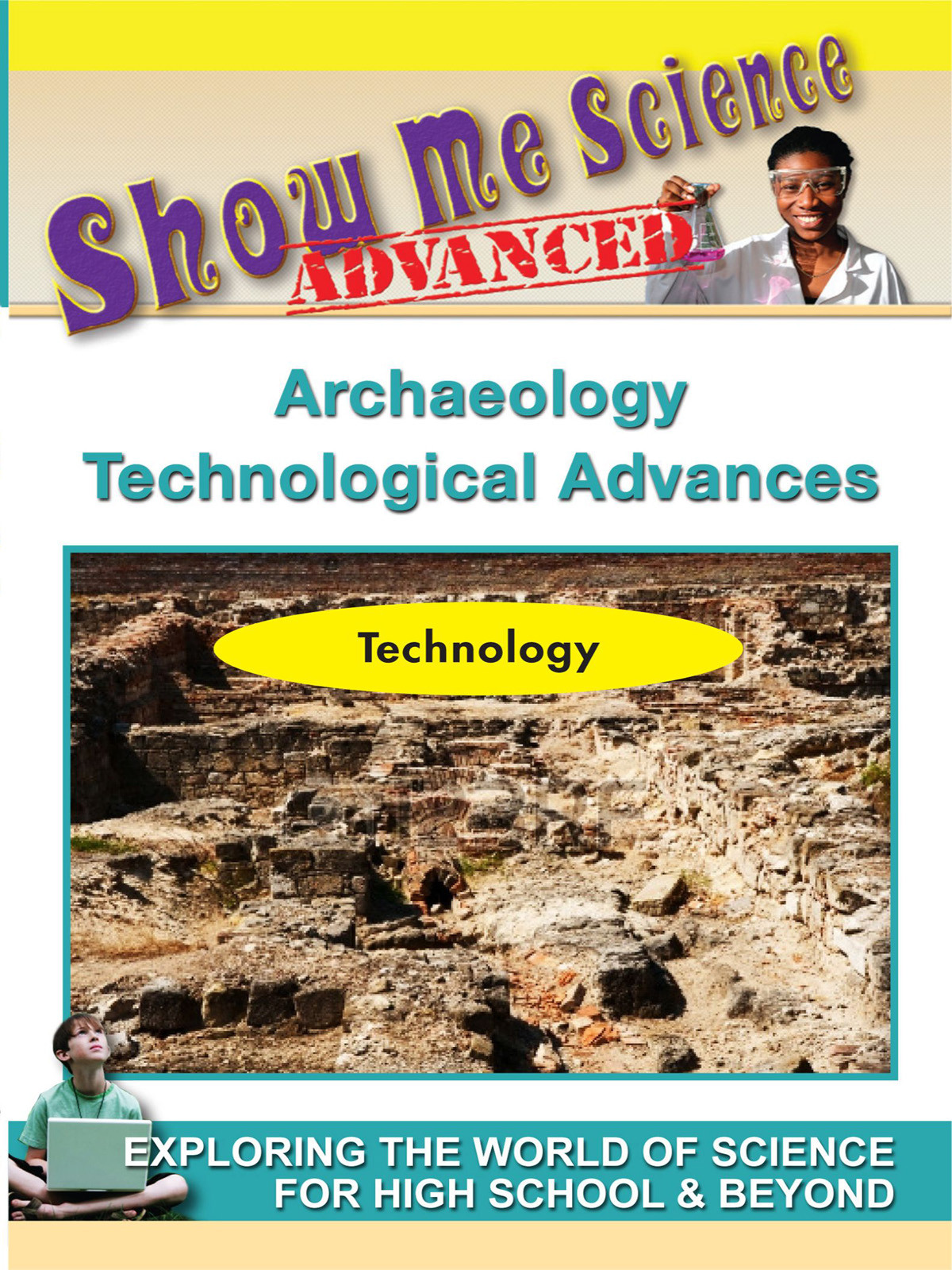Advanced digital technology using 3D-terrain maps, laser pantographs, digital photographs and satellite data is increasing our visual understanding of architectural structures of bygone eras. The multi-faceted world of digital archaeology aids researchers by supporting data management and by making visual presentations more realistic. The ancient city of Troy is re-discovered in this engaging program that fuses complex technology to uncover the past without damaging the local ecosystem.
Three and a half stars. Highly Recommended. This short but fascinating overview looks at technological developments from various fields of science that have been re purposed for archeological research. Virtual image-building, for example, is being applied to excavations of ancient human sites. The Greek City of Troy has been reconstructed using a computer program to reveal 3D detail, all of it based on discoveries (some going back a century) made from Troy's ruins. Another technology useful to archaeologist is the spectral analysis of ancient objects made of metal, which helps pinpoint both the exact ages of the and means by which these items were created. Powerful, digitized versions of metal detectors also enable scientists to find the tiniest artifacts deeply embedded in the ground, while new software makes it possible to "see" purposeful patterns in the placement of stones. Serving up an intriguing overview, this is highly recommended. - Video Librarian.

 Please wait...
Please wait...




